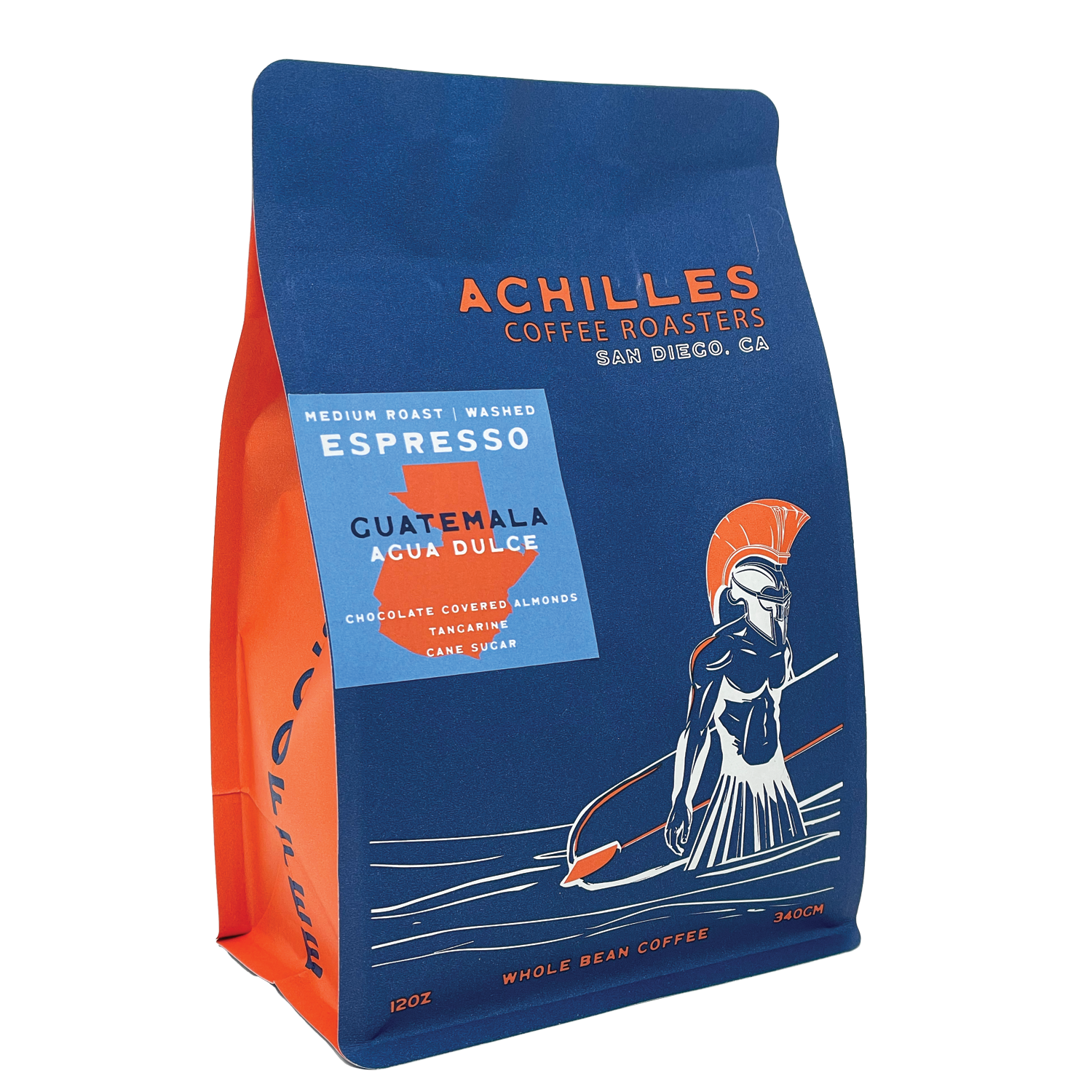How to Store SOE Single Origin Espresso for Long-Lasting Freshness
Recognizing Coffee Beans: the Trip From Coffee to Blended Coffee Beans

The Origins of Coffee: A Worldwide Perspective
While you might think of coffee as a contemporary staple, its origins trace back centuries, intertwining with societies across the globe. The tale begins in Ethiopia, where legend claims a goat herder called Kaldi discovered the invigorating effects of coffee beans after seeing his goats frolicking vigorously after consuming them. This sparked passion, resulting in coffee's infect Arab traders who valued the brewed beverage. By the 15th century, it got to Persia, Egypt, and Turkey, where coffee shops became social centers for discussion and culture.
As profession courses expanded, coffee made its way to Europe in the 17th century, swiftly obtaining appeal. It transformed from a mystical drink into an everyday ritual, intellectual exchanges and inspiring events. Each society added its distinct twist to coffee preparation, improving its history. This worldwide journey highlights exactly how coffee links us, transcending boundaries and joining varied traditions with a straightforward bean.
Cultivation and Harvesting of Espresso Beans
As coffee's journey progressed, the emphasis changed to the cultivation and harvesting of specific bean ranges, especially those utilized for coffee. You'll find that coffee beans frequently originate from Arabica or Robusta plants, each offering unique tastes. The perfect expanding conditions include high altitudes and abundant, well-drained dirt, which improve the beans' quality.
During the harvest, selecting methods differ. In some areas, workers hand-pick ripe cherries, making sure only the very best fruit mosts likely to handling. In various other areas, mechanical farmers are utilized, particularly on bigger ranches. When the cherries reach peak ripeness for maximum taste., timing is important; you desire to collect.
As soon as harvested, the beans are planned for processing, which is essential in determining their last taste. Recognizing the cultivation and gathering procedures gives you insight into what enters into your preferred coffee, enhancing your gratitude for each and every cup.
Handling Approaches: From Cherry to Bean
Since you've learnt more about harvesting espresso beans, allow's discover exactly how those cherries change into the coffee beans you enjoy. You'll see exactly how various harvesting strategies impact flavor, complied with by the vital actions of fermentation and drying. Ultimately, we'll damage down the milling and grading procedure that establishes your coffee's top quality.
Collecting Strategies Clarified
When it comes to coffee, recognizing harvesting techniques is important, considering that they straight affect the flavor and quality of the beans you delight in. Discerning picking entails hand-picking only ripe cherries, ensuring you obtain the finest high quality beans. Eventually, the choice of collecting strategy can significantly influence your coffee experience, so it's worth understanding how those beans made it to your cup.
Fermentation and Drying Out
After collecting, the next action in processing coffee beans play a considerable duty fit their flavor. You'll find that fermentation is vital, as it aids damage down the mucilage surrounding the beans, improving their preference profile. Depending on the technique, this procedure can last from a few hours to a number of days, with varying outcomes based upon temperature and humidity.
Sun-drying allows the beans to take in tastes from the setting, while mechanical drying guarantees regular moisture levels regardless of climate. Appropriate drying out is essential to avoid mold and protect the beans' quality, eventually affecting your cup of coffee.
Milling and Grading Refine
As fermentation and drying out established the phase for flavor development, the milling and grading process warranties that just the very best coffee beans make it to your mug. This phase includes eliminating the external layers of the coffee cherry, consisting of the parchment and husk. After milling, the beans are arranged by size and weight, guaranteeing an uniform quality. You'll locate that grading assists identify problems and categorize beans, which influences flavor and scent. Top quality beans obtain a greater grade, resulting in a richer coffee experience. Once rated, the beans are all set for packaging and delivery, maintaining their special attributes. This thorough process is essential for providing the phenomenal preference you enjoy in every sip of your preferred brew.
Roasting Techniques: Opening Flavor Prospective
When you roast coffee beans, the method you choose can drastically influence the flavor account. Comprehending the connection between time, temperature, and roasting techniques is crucial to revealing the capacity of your mixture. Let's explore how these components come together to create the excellent mug.
Roasting Approaches Clarified
While you could assume that all coffee roasting approaches generate the same results, the reality is that each technique reveals one-of-a-kind taste possibilities in the beans. You can select between techniques like drum roasting, air roasting, or perhaps traditional pan roasting. Drum toasting uses a rotating drum to uniformly disperse warmth, boosting caramelization and generating a balanced flavor. Air roasting, on the various other hand, circulates hot air around the beans, advertising a lighter roast with noticable level of acidity. Pan roasting permits hands-on control yet calls for consistent focus to avoid burning. Each approach has its subtleties, so explore different methods can aid you find the best roast that straightens with your taste preferences. Take pleasure in the trip of locating your excellent mug!

Effect On Flavor Profile
Various roasting approaches not only influence the procedure yet additionally greatly influence the flavor account of the coffee beans. When you choose a light roast, you'll experience intense acidity and flower notes, showcasing the bean's beginning. On the other hand, a medium roast balances acidity with sweetness, commonly exposing chocolatey undertones. Dark roasts, on the other hand, bring out vibrant, smoky tastes, sometimes masking the bean's distinct qualities. Each method discloses various oils and compounds, resulting in a large range of tastes. By try out numerous roasting designs, you can uncover which profiles reverberate with your taste buds. Comprehending these subtleties assists you appreciate the creativity behind your cup of coffee, enhancing your total experience with every sip.
Time and Temperature Level Elements
To launch the complete taste capacity of coffee beans, both time and temperature find out here now throughout the roasting process play substantial functions. When roasting, you'll discover that greater temperatures can swiftly create tastes, however if you hurry it, you may end up with charred notes. On the other hand, lower temperature levels permit a much more progressive flavor development, showcasing the beans' distinct characteristics.

Timing is simply as crucial; extending the roast also long can bring about a loss of acidity and illumination, while as well brief a roast may leave the beans underdeveloped. Discovering that pleasant place requires method and testing. By adjusting these factors, you can reveal the abundant, complicated flavors hidden within each bean, creating a genuinely exceptional coffee experience.
The Art of Blending: Crafting Special Coffee Profiles

Start by picking a base coffee that gives a strong structure. An intense Ethiopian bean can bring fruitiness, while an abundant Brazilian coffee includes body.
As you blend, keep in mind that each combination tells a story. You're not simply making coffee; you're developing an experience. So, take your time, preference regularly, and appreciate the trip of uncovering your trademark blend.
Brewing Methods: Just How Prep Work Influences Flavor
Mixing coffee opens up a domain name of taste opportunities, however exactly how you brew that blend can substantially affect your final cup. On the various other hand, a pour-over highlights the coffee's quality and illumination, best for showcasing fragile notes.
Espresso, with its high important link pressure, produces a concentrated shot that emphasizes sweet taste and crema. If you prefer a lighter brew, consider a chilly brew technique; it yields a smooth, much less acidic preference.
Readjusting variables like water temperature, grind dimension, and make time can transform your coffee's profile. Welcome the art of developing to discover the flavors concealed in your coffee blends.
The Future of Coffee: Sustainability and Development
As the coffee market advances, sustainability and development are coming to be important for resolving environmental difficulties and conference consumer demands. You'll notice that more coffee firms are taking on green practices, from sourcing beans morally to implementing sustainable farming strategies. These shifts not just assist the planet however also improve the quality of the coffee you delight in.
You could see advancements like naturally degradable product packaging and water-saving brewing methods that decrease waste. Advanced technology, such as blockchain, is likewise coming to be prominent, making certain transparency in the supply chain, which permits you to map your coffee back to its beginnings.
Furthermore, buying local neighborhoods and sustaining farmers via fair trade initiatives promotes an extra lasting coffee ecological community. As you drink your following mug, bear in mind that your options can add to a brighter future for coffee. By choosing for sustainable brands, you're not just taking pleasure in a beverage; you're making a positive impact on the world.
Regularly Asked Inquiries
What Is the Distinction In Between Arabica and Robusta Beans?
Arabica beans are smoother, sweeter, and have a higher acidity, while robusta beans are more powerful, extra bitter, and have even more caffeine. When brewing your coffee., you'll observe these differences in taste and aroma.
Just How Does Altitude Affect Coffee Bean Taste?
Altitude influences coffee bean taste substantially. Higher altitudes produce beans with brighter level of acidity and complex tastes, while reduced altitudes frequently produce beans that are much heavier and much less nuanced. You'll discover these distinctions in your cup!
What Are the Wellness Advantages of Alcohol Consumption Coffee?
Drinking coffee can enhance your energy, boost mental emphasis, Homepage and even improve physical efficiency. It's rich in anti-oxidants, might lower the danger of particular illness, and can advertise a healthier metabolic process when eaten in moderation.
Can Coffee Beans Be Reused for Developing?
Yes, you can recycle coffee beans for brewing, however the taste may be weak. If you enjoy exploring, attempt recycling them in different methods, like cool mixtures or including in shakes for an additional kick.
Just how Should I Shop Coffee Beans for Freshness?
To maintain your coffee beans fresh, save them in an airtight container in a cool, dark place. Prevent revealing them to moisture, light, or warm, as these elements can swiftly weaken their taste and aroma.
Comprehending Coffee Beans: the Trip From Espresso to Blended Coffee Beans.
Now that you've discovered concerning harvesting espresso beans, let's explore how those cherries transform right into the coffee beans you like.When you roast coffee beans, the approach you choose can substantially affect the taste account - Single Origin Espresso.While you could think that all coffee roasting approaches yield the same outcomes, the fact is that each method exposes distinct flavor potentials in the beans.Various toasting approaches not just influence the process but additionally substantially influence the taste profile of the coffee beans